The earphones originally equipped with mobile phones are generally not of high quality, and even some mobile phones do not come standard with earphones at all, so many people have to buy another earphone. So how to choose a mobile phone headset?
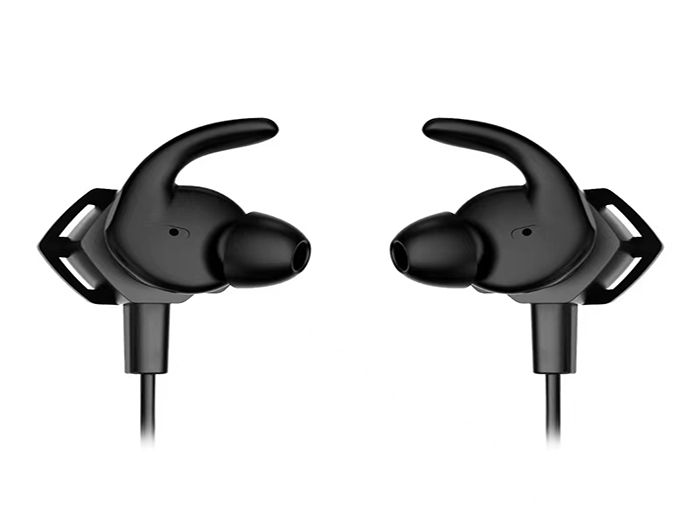
Follow the editor of Saiyue Technology to choose a headset that suits you from the principle of earphone sound.
First, the classification of the sound principle of headphones
The sounding principle of headphones is divided into moving coils and moving irons. Moving coil units are often used in entry-level in-ear headphones because they are simple and practical and relatively inexpensive (relative to moving iron units).
The unit diameter is generally 8mm-16mm. The moving coil sounding unit can drive more air vibration during the sounding process, so they can emit more low frequency. More air vibration means more powerful low frequencies, and what we actually "feel" rather than hear is often more "low-end" low frequencies. The biggest disadvantage of the moving coil unit is that it is too bulky.
The moving iron sounding unit is petite, and many in-ear headphone manufacturers integrate 2 to 3 sounding units in each earphone. Multi-unit in-ears tend to provide better low frequency than single-unit in-ears (of course not absolutely).
In the case of less air vibration than the moving coil unit (usually inferior low frequency), the use of the multi-action iron unit frequency division technology partially solves the problem of bass. The disadvantage of the moving iron unit is its higher price.
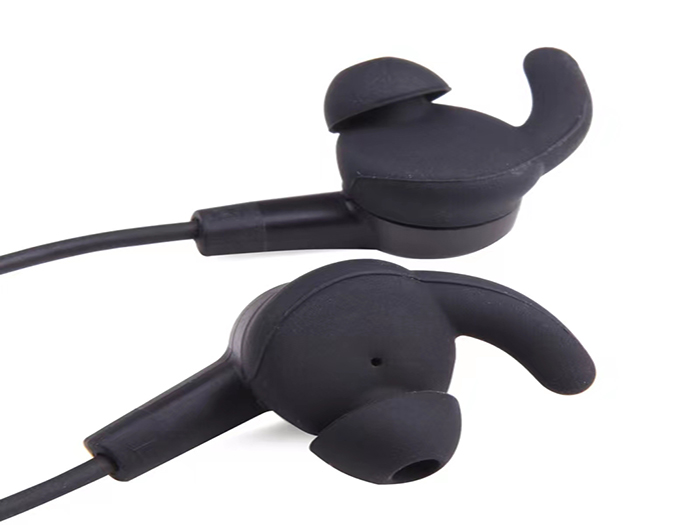
Second, the correct way to wear in-ear headphones
1. For best results, wet the third section of the sleeve before inserting.
2. Grasp the appropriate part of the headset with your right hand.
3. Pull up the corresponding auricle with your left hand to straighten the ear canal.
4. Carefully insert the earphones and go deeper while ensuring comfort.
5. Repeat the above actions to insert another earphone, slowly rotate to remove the earphone, and slowly open the sealed environment.
Third, the details of buying headphones
Let's not talk about the performance of the headphones in terms of sound quality. Before choosing a mobile phone headset, you must pay attention to the following details:
1. Easy to drive: The difficulty of driving mainly depends on the impedance and sensitivity of the earphone. The larger the impedance, the more difficult it is to drive, and the higher the sensitivity, the easier it is to drive;
2. Easy to operate: Many people buy mobile phone headsets not only to meet the needs of listening to music and watching movies, but also want to use the headset to answer calls. Therefore, the headset must be equipped with a wire control device to facilitate switching music and answering calls;
3. Whether there is a microphone on the headset: The quality of the microphone determines the quality of the call.
4. Whether the design is ergonomic: whether it is comfortable to wear for a long time.
In addition to some of the elements to pay attention to above, you must pay attention to the sound performance of the headphones when you choose headphones.
At present, there are two common international mobile phone headset interface standards, one is the OMTP standard, and the other is the CTIA standard.
Generally speaking, most international manufacturers use the CTIA standard, such as iPhone earphones in the United States, Hong Kong and other international markets, while domestic licensed products need to support the OMTP standard. Here is a brief introduction:
1. International standard (CTIA) 3.5mm interface: the pin connection is left channel-right channel-ground wire-microphone. It is also the most popular and most used connection method on the market.
2. National standard (OMTP) 3.5mm interface: the pin connection is left channel-right channel-microphone-ground wire.
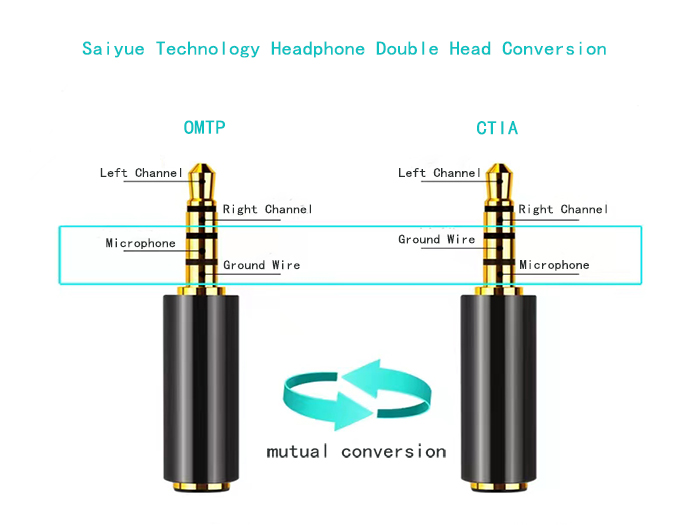
Since the two standard interfaces, CTIA and OMTP, are not designed in the same way, there will definitely be problems in cross-use. If the international standard (CTIA) headset is connected to this non-international standard (OMTP) interface, there will be only background sound, and the human voice will appear normally when the call button on the microphone is pressed.
Two standard logos: the color of the earphone jack coil, white for CTIA and black for OMTP. Saiyue Technology headset can be converted to each other.
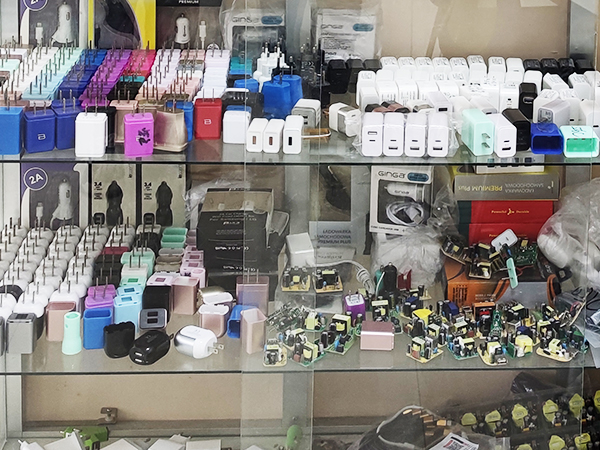 Can a 65w charger charge a 33w phone?
Can a 65w charger charge a 33w phone?
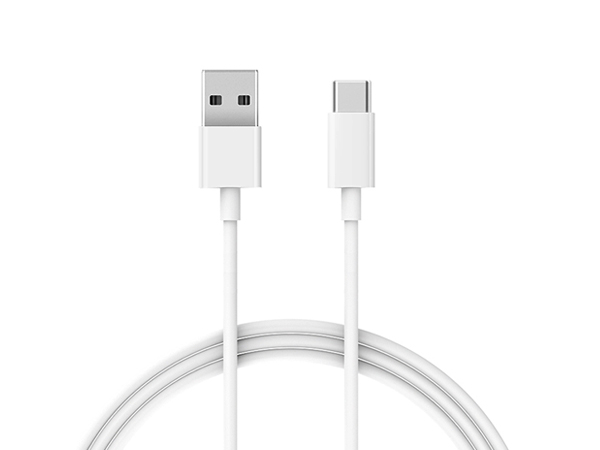 Malaysian customers customize 3W Micro and Lightning data lines
Malaysian customers customize 3W Micro and Lightning data lines
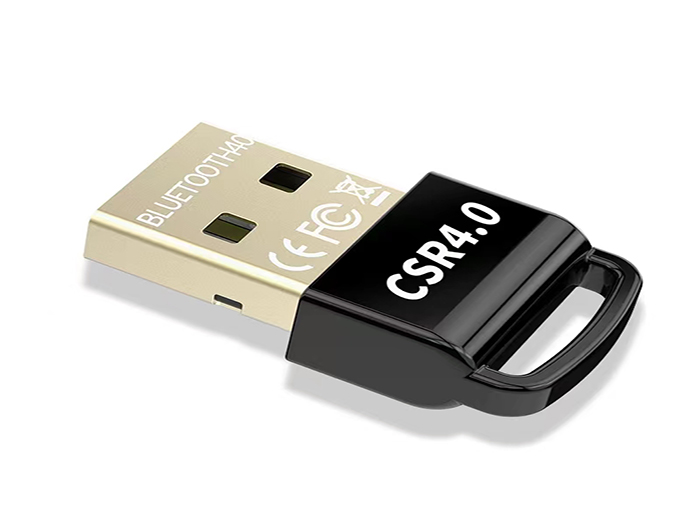 What is the use of the bluetooth adapter? Many people do not know
What is the use of the bluetooth adapter? Many people do not know
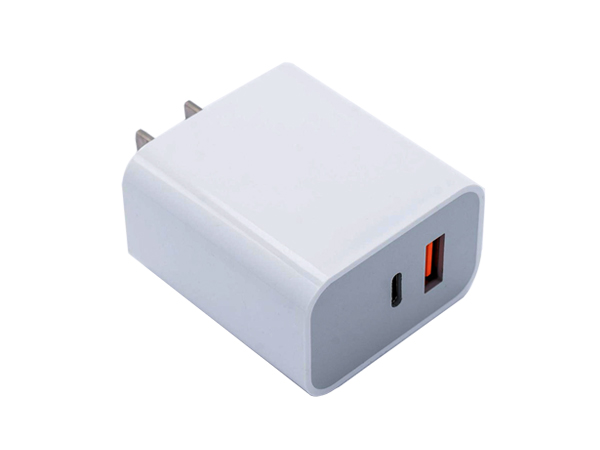 The difference between GaN chargers and ordinary chargers
The difference between GaN chargers and ordinary chargers